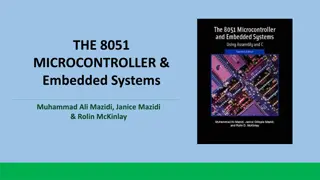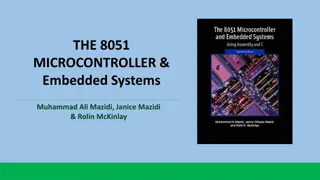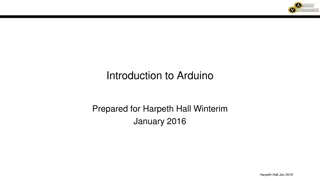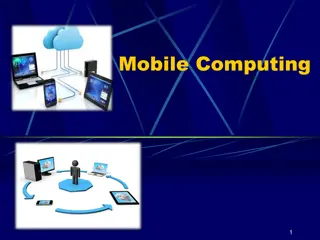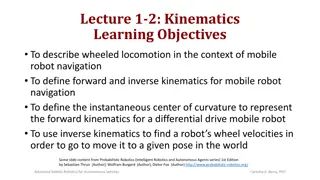
DIY Mobile Controlled Robot without Microcontroller for Long-Distance Wireless Control
"Learn how to build a mobile-controlled robot without a microcontroller using DTMF tones for long-distance wireless control. This beginner-friendly project utilizes two mobile phones and basic components to create a versatile robot for various applications such as search and rescue or remote monitoring. Explore the advantages and disadvantages to make an informed decision about using this innovative robot design."
Download Presentation

Please find below an Image/Link to download the presentation.
The content on the website is provided AS IS for your information and personal use only. It may not be sold, licensed, or shared on other websites without obtaining consent from the author. If you encounter any issues during the download, it is possible that the publisher has removed the file from their server.
You are allowed to download the files provided on this website for personal or commercial use, subject to the condition that they are used lawfully. All files are the property of their respective owners.
The content on the website is provided AS IS for your information and personal use only. It may not be sold, licensed, or shared on other websites without obtaining consent from the author.
E N D
Presentation Transcript
Mobile Controlled Robot without Microcontroller www.playppt.com
Introduction There are various wireless modes like Bluetooth, Wi-Fi, Zig Bee, etc., but these wireless controls has limitations in its control distance. To overcome this limitation, Mobile Controlled Robot is designed to add long distant wireless controllability to your robot. This robot can be developed without microcontroller and hence it is very easy for the beginners to build it.
Important Components Robot Chassis Motors Breadboard IC L293D IC CM8870 Resistors Capacitors Headphone Jack Wires Batteries
How it Works? In Mobile Controlled Robot, we use two mobile phones. This robot is controlled by a mobile phone that makes a call to another mobile phone attached to the robot. When the user calls the mobile which is mounted on the robot the call is received by auto-answer mode. In the course of a call, if any button is pressed, a tone corresponding to the button pressed is heard at the other end of the call.
How it Works? (Contd.) This tone is called Dual Tone Multi Frequency (DTMF) tone. The robot receives this DTMF tone with the help of the headphone attached to the robot. The received tone is processed by the DTMF decoder IC, and then transmits the signal to the motor driver IC to operate the motors.
Applications Can be used in military for disposing land mines Best suited for Search and rescue operations Addition of wireless camera helps to access this robot from any part of the world to monitor your house or office.
Advantages This robot can be virtually controlled anywhere from the world Easy to setup No microcontroller & no tough coding
Disadvantages Requires a camera to maneuver your house or office when you are far away from the robot Call charges will be deducted according to the service provider plans when you control your robot
Wanna Build it? Now you can learn to build your own Mobile Controlled Robot from JAY Robotics Club s Self Learning Portal. Learn Now
Thank You!! www.playppt.com

